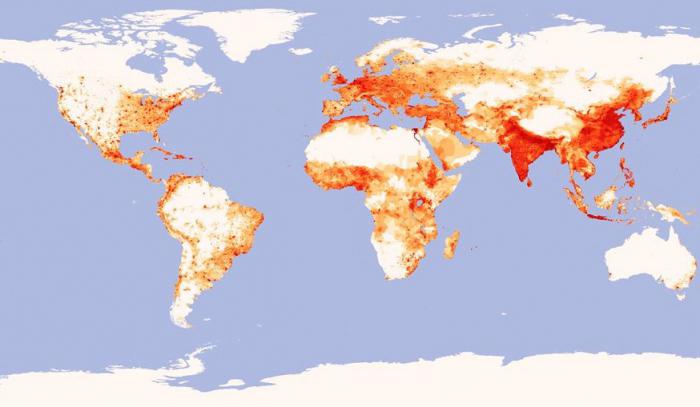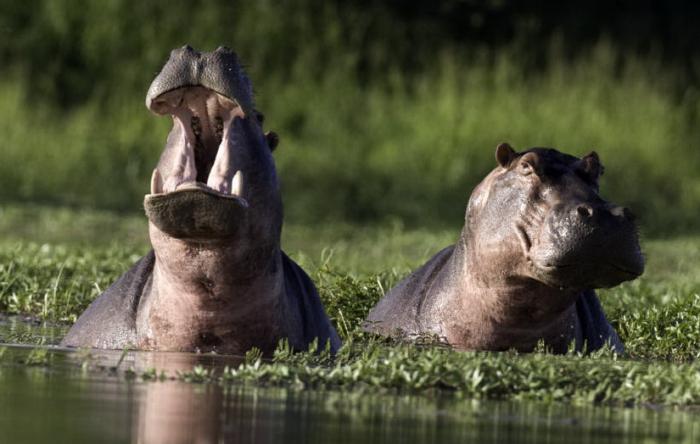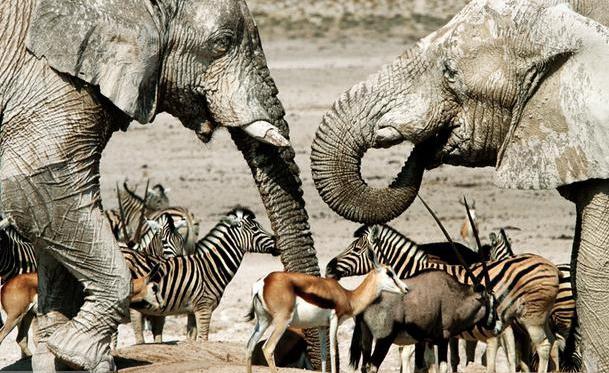A population is ... Characteristics and types of populations
The term "population" is used today in various fields and fields of science. It has the greatest influence in biology, demography, ecology, medicine, psychometrics, and cytology. But what is a population, and how is it characterized?
Introduction. Definitions
To date, the study of the population is mainly carried out to identify genetic or ecological sequences. This makes it possible to determine the environment for the survival of species and their heredity. At the moment, there is another concept - "cell population". This is an isolated progeny of a group of cells specific in number. The study of this area is carried out by specialists in the framework of cytology. From the point of view of genetics, a population is a heterogeneous hereditary collection of forms of one species, which is opposed to the so-called pure line. The fact is that each family of individuals corresponds to specific characteristics and represents a certain phenotype and genotype.
Main characteristics
Before you begin to understand in more detail what a population is, you need to know and understand its main components. In total there are 5 main characteristics:
1. Distribution. It can be spatial and quantitative. The first type, in turn, is divided into random and uniform distribution. A quantitative indicator is responsible for the size of a population or its separate group. The distribution of individuals directly depends on climatic conditions, genome, food chain and degree of adaptation.
2. Number. This is a distinct characteristic of a population and should not be confused with a subspecies distribution. Here, abundance is the total number of organisms in a particular unit of space. Most often it is dynamic. Depends on the ratio of mortality and fertility of individuals.
3. Density. It is determined by biomass or the number of organisms per unit area (volume).  4. Fertility. It is determined by the number of individuals that appeared as a result of reproduction per unit of time.
4. Fertility. It is determined by the number of individuals that appeared as a result of reproduction per unit of time.
5. Mortality. It is divided according to age criteria. Represents the number of life forms that died per unit of time.
Structural classification
At the moment, the following types of populations are distinguished: age, sex, genetic, ecological and spatial. Each of these variations has its own specific structure. Thus, the age population is determined by the ratio of individuals of different generations. Representatives of the same species can have both progenitors and offspring.
The sexual population depends on the type of reproduction of the family and the totality of determined morphofunctional and anatomical characteristics of organisms. The genetic structure is determined by the variations in alleles and the way they are exchanged. An ecological population is a division of a family into groups with respect to environmental factors. The spatial structure depends on the distribution and placement of individual individuals of the species in the range.
Isolation of populations
In different families, this property depends on the environment and the form of coexistence. If representatives of one species move over large areas, then such a population can be called large. In the case of a weak development of distributive abilities, the family is determined by small aggregates, which can reflect, for example, the mosaic nature of the landscape. The population of animals with a sedentary lifestyle and plants depends on the heterogeneity of the environment.  The level of isolation of neighboring families of the same species is different. In this case, populations can be sharply distributed in space or be clearly localized in a certain area. There is also a continuous colonization of a huge area by one species. In turn, the boundaries between populations can be blurred and distinguishable.
The level of isolation of neighboring families of the same species is different. In this case, populations can be sharply distributed in space or be clearly localized in a certain area. There is also a continuous colonization of a huge area by one species. In turn, the boundaries between populations can be blurred and distinguishable.
Today, the survival curve plays an important role in the study of individual species. It determines the size of the population. This characteristic of the species depends on the ability of the family to survive.  Population dynamics can be of 3 types:
Population dynamics can be of 3 types:
Most individuals survive to the maximum age threshold (humans and mammals),
Death can come at any moment (reptiles and birds),
The mortality rate is high already in the early stages of development (fish, plants, invertebrates).
View as a unit of structure
The population consists of a set of individuals that are similar to each other in terms of morphophysiological properties, range, type of crossing, and origin. Such a group of organisms is called a species. It is a unit of population structure.  Species depend on the following criteria: morphological, genetic, physiological, biochemical. According to additional classification, the characteristics of influence are geographical and ecological.
Species depend on the following criteria: morphological, genetic, physiological, biochemical. According to additional classification, the characteristics of influence are geographical and ecological.
Each species arises, then develops and adapts. With a sharp change in the conditions of the environment of existence, it may disappear.
